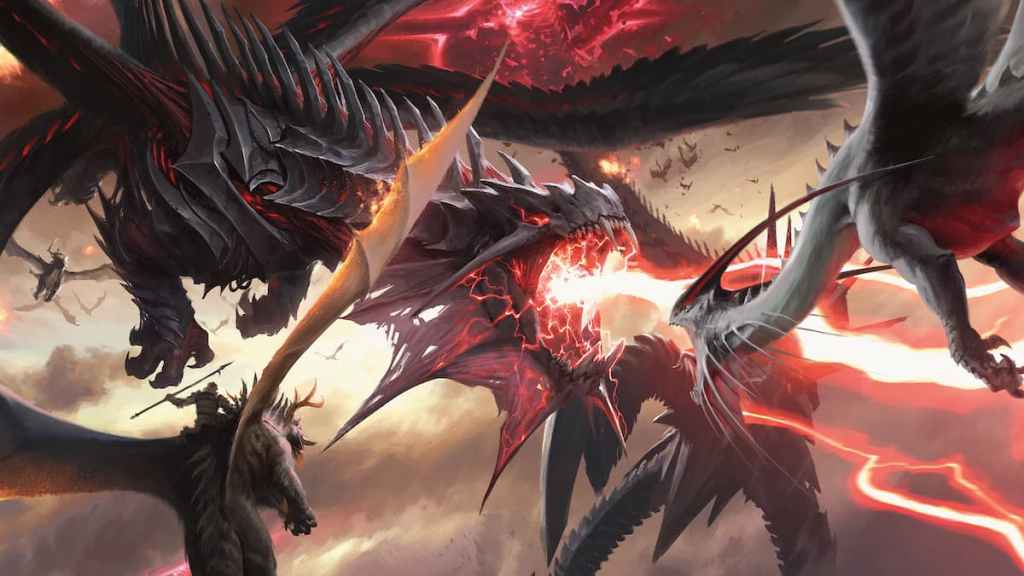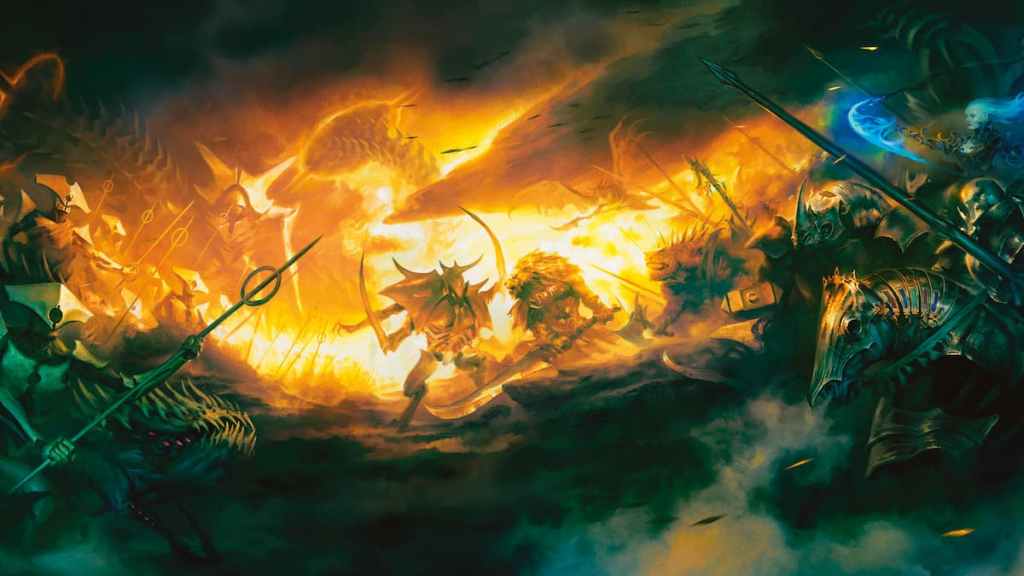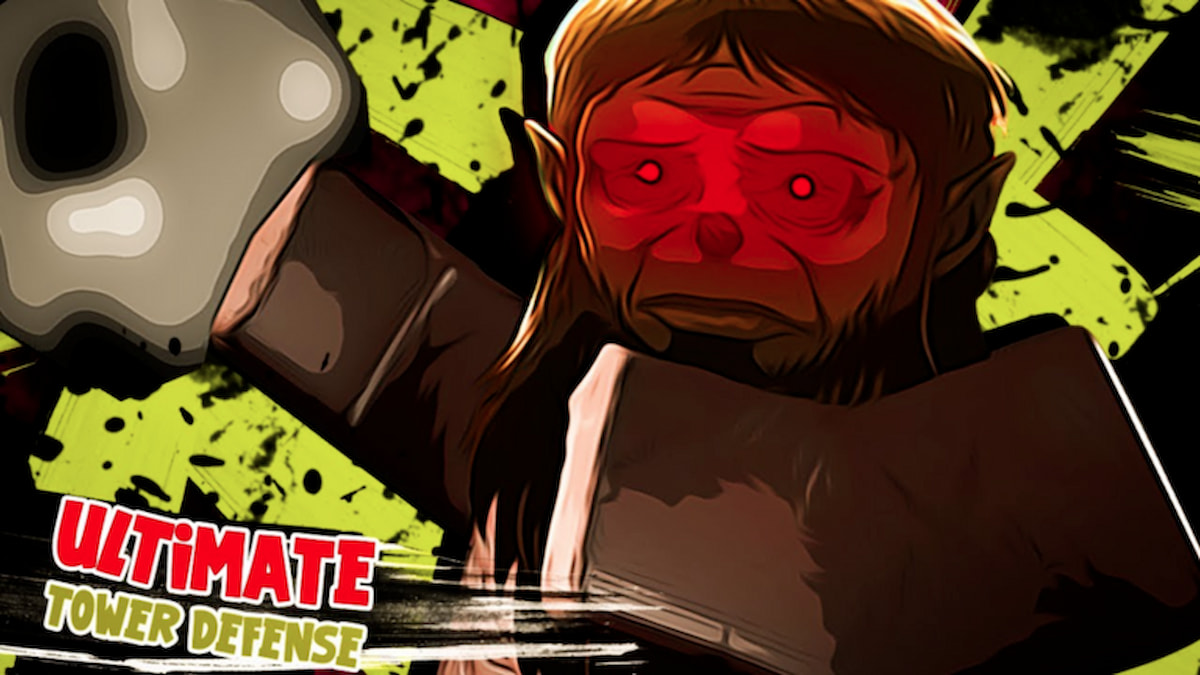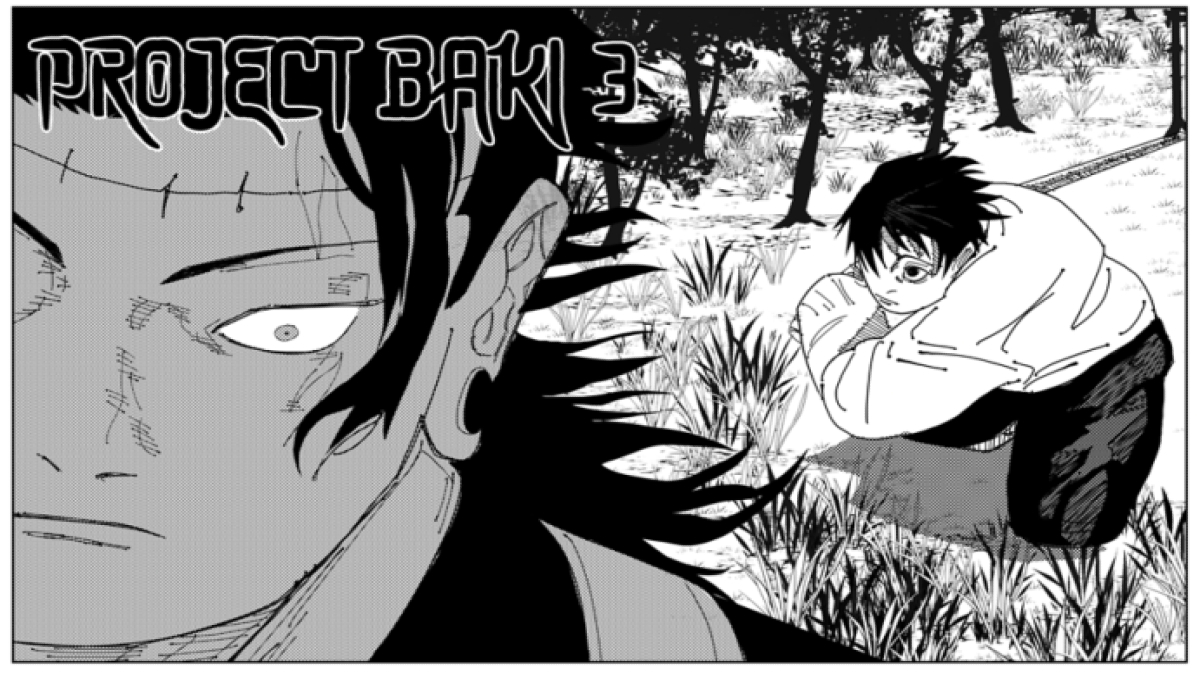War has come to the multiverse in Magic: The Gathering, as the forces of Phyrexia invade the planes, with heroes and villains forming a desperate last stand against the armies of Elesh Norn. This has led to mighty battles in familiar places, with planes like Capenna, Innistrad, Kamigawa, and Theros forced to defend themselves against biomechanical horrors. These epic conflicts have been recreated as part of new and returning mechanics featured in the March of the Machine set, with the brand-new Battle cards presenting all-new options for players to use during a match, as well as the Incubate and Backup keywords, reflecting the tactics used by the warring forces.
Related: Magic: The Gathering card rarity symbols, explained
Battles are The Biggest New Mechanic in March of the Machine

The conflicts happening across the multiverse in March of the Machine are reflected in the Battle cards, which depict fights happening on various planes. In mechanical terms, the Battle cards are double-faced permanents with horizontal art and text, meaning players must use sleeves when including them in their deck. The reason they are double-faced is that they transform, with the card being flipped upon its defeat.
Once a Battle card’s mana cost is paid, it’s placed on the opponent’s side of the field. Mechanically, the Battle cards have similarities to Planeswalker cards, as they can be targeted for attacks in the same way as the opponent. These Battle cards have a number in their bottom right-hand corner, determining the damage points they can take before it’s defeated. There are also cards in March of the Machine that specifically target Battle cards and have the ability to damage them without attacking.
Each Battle card has a benefit that happens when it’s played to the field, such as the Invasion of Azgol, which forces a target player to sacrifice a creature and lose a life point. Once the card is defeated, it transforms by flipping over and returns to its summoner’s side of the field. To use the Invasion of Azgol as an example again, destroying it causes it to turn into a 2/1 Ashen Reaper, which gains a +1/+1 counter at the end step if a permanent was put into the graveyard from the battlefield that turn.
Including Battle cards is a great way to shake things up in March of the Machine, as it can force the opponent’s hand and cause them to commit blockers during an early stage of the game, where they might not have otherwise. A player usually isn’t worried about taking a few points of chip damage during the first few turns, so they might not waste creatures by using them as blockers, but Battle cards can provide such significant advantages that they’ll need to make tough decisions about whether to protect them or not.
Incubate Brings Phyrexian Horrors to the Battlefield

The Phyrexian host in Magic: The Gathering doesn’t need to bring soldiers to the battlefield, as they can be bred through the fusion of magic the technology. To reflect this, the Incubate keyword has been added to different cards in March of the Machine. If a card has Incubate followed by a number, it spawns an Incubator token on the field, with the trait that it costs two mana to spawn a Phyrexian artifact creature whose stats match the number tied to Incubate. This means that Incubate 3 will create a token that can summon a +3/+3 creature.
On the surface, this mechanic looks like a worse version of other token spawning mechanics, including ones like the oil counter mechanic in Phyrexia: All Will Be One. What makes Incubate so powerful is that the two mana cost never changes, which means Incubate 5 can summon a +5/+5 creature for a low cost. There are also creatures in the March of the Machines set that can transform Incubator tokens without paying the cost, such as Glissa, Herald of Predation, allowing for a deck theme that allows the player to mass-produce Phyrexian artifact monsters.
Related: What are Proxy Cards in Magic: the Gathering?
Backup & Convoke Reflect Allies Coming Together During A Time Of War

The warriors of the multiverse are joining together against the Phyrexian threat, which is the reason for the introduction of the Backup keyword. When a card with Backup written in its text enters the field, it grants a +1/+1 token to a creature on the field. Notably, this includes the Backup-user itself, allowing it to buff itself when it enters the field. This means that a squad of low-level Backup creatures can buff a cheap ally and make it a beefy threat, which is especially useful when facing the onslaught of Incubate-created horrors.
The other keyword that has returned to prominence in March of the Machine, following its introduction in Ravnica: City of Guilds, is Convoke. If a card has the Convoke keyword, then creatures on the field can be tapped to provide a point of mana to its cost. This means that players can use weaker active creatures to bring out something bigger and nastier, be it a powerful monster or a spell with a strong effect. Using Convoke comes with a risk, as it means the creatures who took part in its casting will be unable to defend the next turn, and this is still a meta where Magic: The Gathering’s Poison Counters pose a threat.







Published: Apr 19, 2023 02:08 pm